How to disconnect a washing machine from the water supply?
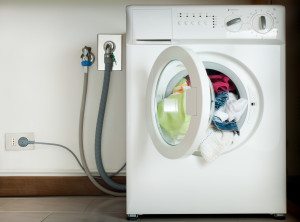 A washing machine is a piece of furniture in a kitchen or bathroom that is rarely moved and therefore disconnected from the water supply. However, there may be times when instructions on how to turn off the machine may be required. For example, the washing machine has broken down and needs to be dismantled and transported to a service center, it has been decided to replace old equipment with new ones, renovations are planned in the room, or even the washing machine needs to be transported to a new place of residence. So, let's figure it out how to properly disconnect the water supply.
A washing machine is a piece of furniture in a kitchen or bathroom that is rarely moved and therefore disconnected from the water supply. However, there may be times when instructions on how to turn off the machine may be required. For example, the washing machine has broken down and needs to be dismantled and transported to a service center, it has been decided to replace old equipment with new ones, renovations are planned in the room, or even the washing machine needs to be transported to a new place of residence. So, let's figure it out how to properly disconnect the water supply.
Do you need a tool?
Depending on how the machine is connected to the water supply and what type of hose is on the washing machine, a tool may not be required for the job.
If the inlet hose has plastic fittings and nuts at both ends, then they must be connected and dismantled by hand. because plastic material is fragile. This is the most common hose that comes with the machine. However, its length is not always enough and it is replaced with another one.
If there is a metal nut at the end of the hose that can rust to the tee or pipe over time, you may need pliers or a small wrench depending on the size of the nut. If the connection is secured with a clamp, then a Phillips or straight screwdriver will be useful.
WD-40 liquid will help remove rust and make it easier to unscrew the filler hose.
Shutdown algorithm
Now let's look at what order and what to do when you need to safely disconnect the washing machine from the water supply.
- We disconnect the washing machine from the network when the washing process is completed.This should not be done during washing.
- Turn off the water supply tap to the washing machine. As a rule, it is located behind the washing machine or under the sink if the machine is installed in the kitchen.
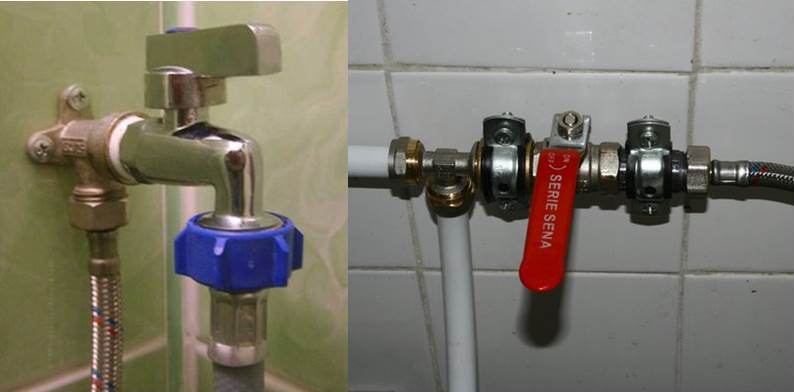
- We move the machine away from the wall or pull it out of the kitchen unit so that you can freely go behind the machine. In this case, the inlet and drain hoses should not be too tight.
- We take a bucket under the water and put rags on the floor in case water starts to flow.
- Disconnect the hose from the machine by unscrewing the nut counterclockwise.
When using the tool, do not apply excessive force, otherwise you may damage the nut and strip the threads.
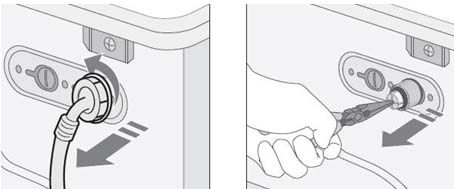
- We tilt the hose into a bucket and drain the remaining water.
- Similarly, unscrew the hose from the tee or pipe. Removal of the inlet hose is complete.
Dismantling the entire washing machine does not end with disconnecting the inlet hose. To be able to move the machine to another room or transport it, you must also disconnect the drain hose from the sewer. Of course, if the hose was simply thrown over the side of the bathtub, then practically nothing needs to be done here. But When connecting the drain hose to the sewer, it must be carefully disconnected. The drain hose is removed from the branch sewer pipe. The remaining water is poured into a bucket.
Transportation Tips
In order to transport the washing machine, it needs to be prepared. It is necessary to carefully wind up the power cord and secure it to the back wall with a clamp. If there is no such clamp, then you need to at least tie it. The inlet hose is dried and also secured to clamps on the back wall of the machine.. You can do the same with the drain hose, or you can clean it right away; a description of this work is in the article about Cleaning the washing machine hose.
If the hoses cannot be secured to the back cover, they must be wrapped in a rag and placed inside the machine. In addition, do not forget to check if there is any water left in the powder cuvette; wipe the cuvette hole with a dry cloth. You also need to drain the water and at the same time clean the drain filter.
Important! There should be no water left in the machine, because if it gets on the control module, it can burn when turned on.
After this, plugs are placed on the hose holes, and the tank is secured with shipping bolts. The machine itself can be packed in bubble cellophane, and it only needs to be transported vertically.
Thus, dismantling the inlet and drain hoses is quite easy. Even a woman can do this, but why would she do it if there is a strong man nearby? Take care of your equipment and be careful.
Interesting:
Reader comments
- Share your opinion - leave a comment


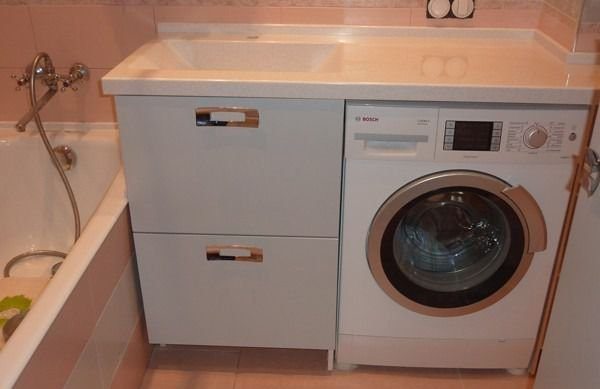
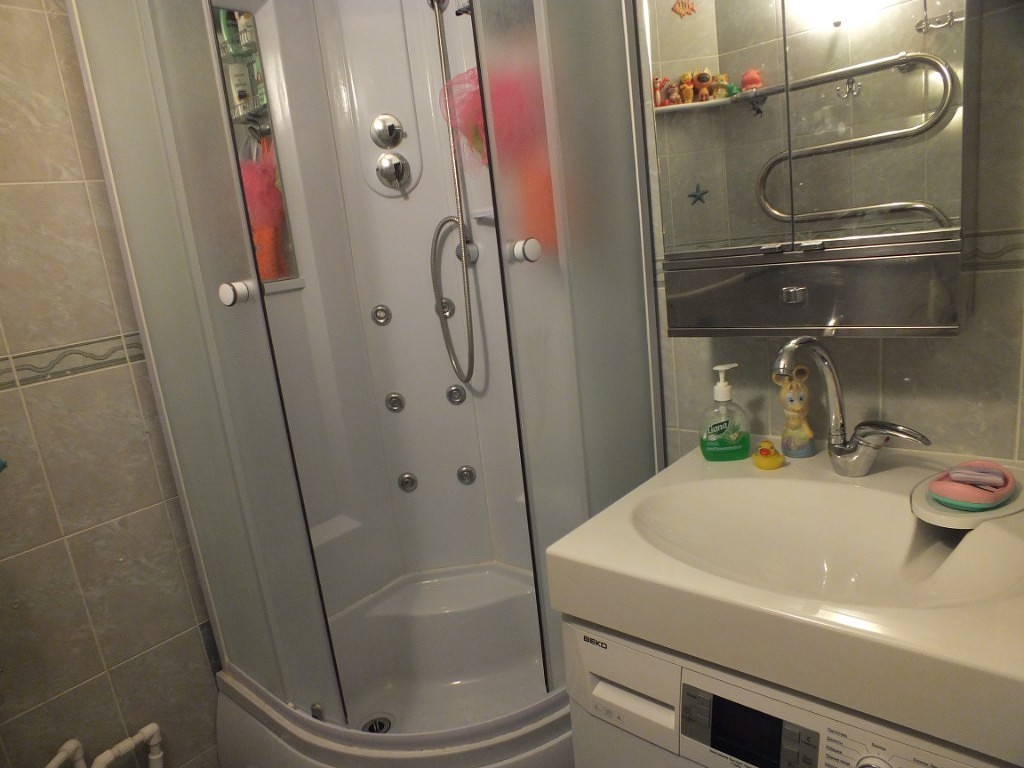

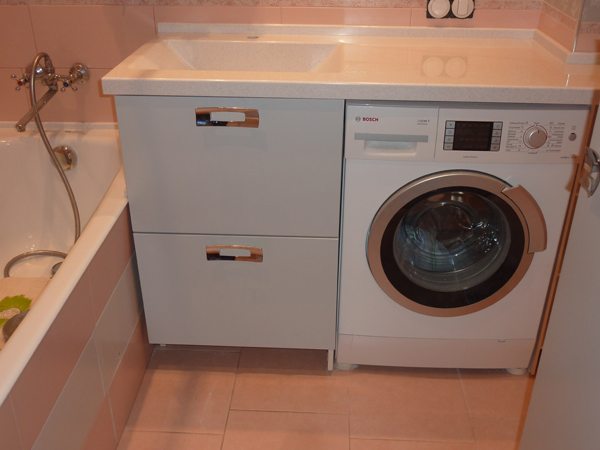
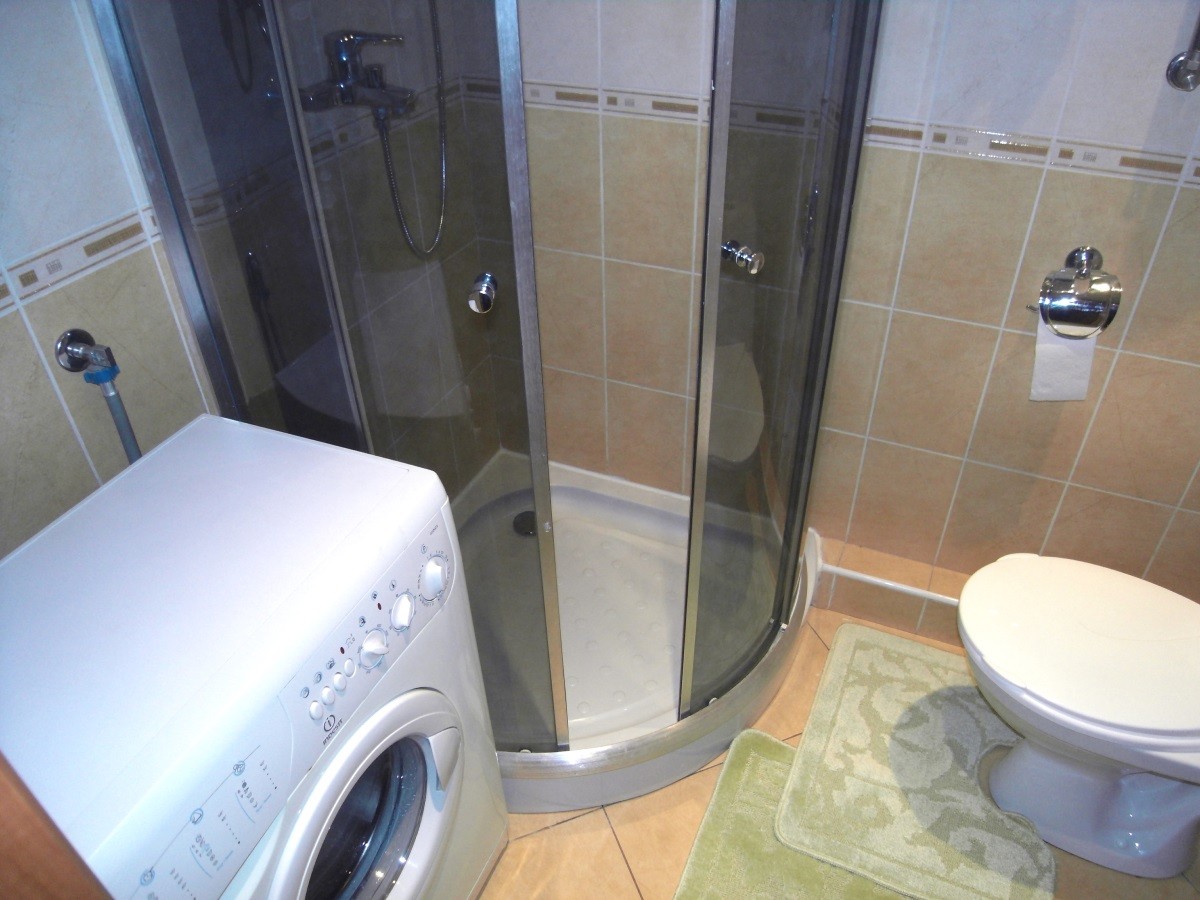














Add a comment